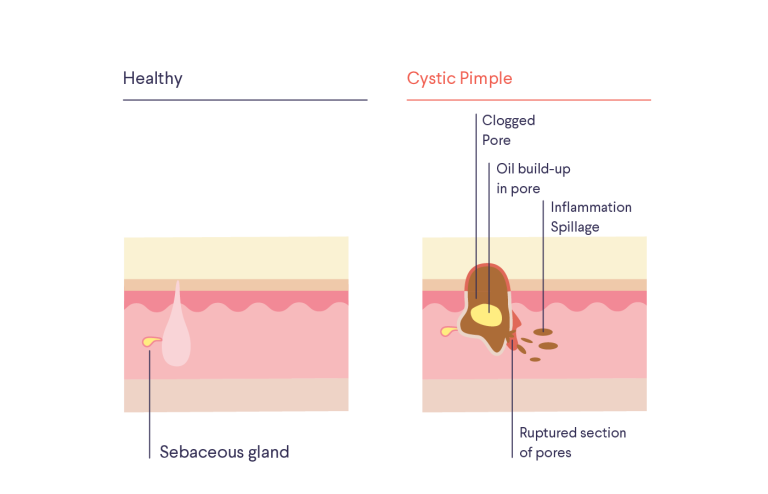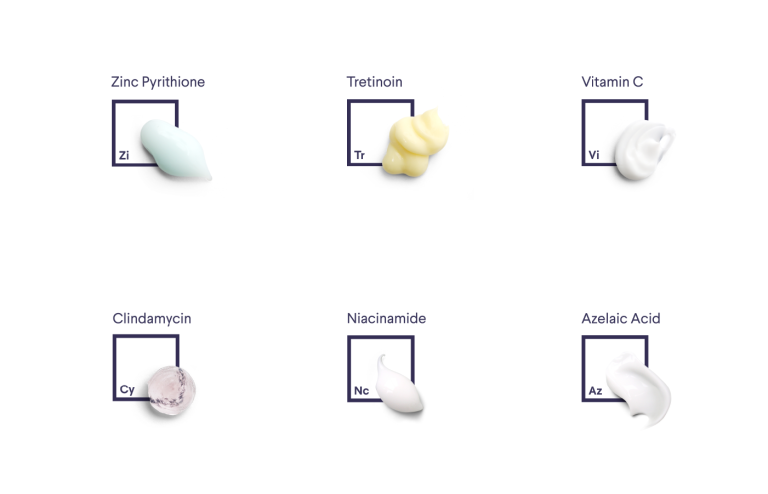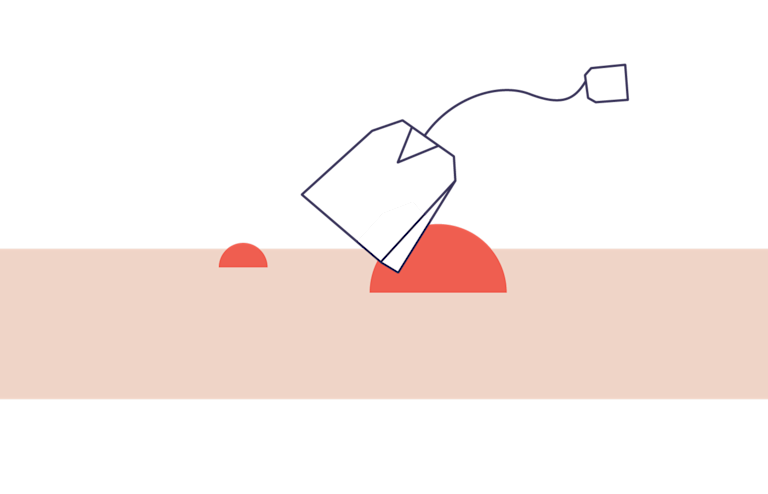How it works:
Share your skin goals and snap selfies
Your dermatology provider prescribes your formula
Apply nightly for happy, healthy skin
How it works:
How it works:
Share your skin goals and snap selfies
Your dermatology provider prescribes your formula
Apply nightly for happy, healthy skin
How it works:
How to treat cystic acne
Everything you should and shouldn’t do



In this article
If you’ve ever suffered an acne cyst, we understand your pain. Acne cysts, or cystic pimples, aren’t just painful and unpleasant — they’re stubborn, too. Sometimes called “blind pimples” (because they don’t come to a head), they can be frustratingly difficult to get rid of. So what’s the best way to deal with them? Let’s find out.
What’s an acne cyst?
Acne cysts are more than your average pimple: they’re deeper, more swollen, and they hurt, too! They usually look like a raised red bump without a whitehead or pustule at the surface. Sometimes they stay under the skin’s surface and don’t come to a head (aka a “blind pimple”).

Why do they hurt so much?!
All that inflammation creates pressure under the skin’s surface and on the nerves around it, which is why touching it will cause a painful throbbing sensation.
Can I pop a cystic acne pimple?
Nope. Picking, squeezing, or popping a cystic pimple is the LAST thing you want to do! First of all, it won’t work—it’s too deep beneath the skin. Secondly, messing with it only worsens the inflammation and the pain.

Why me?!
When the opening of a pore gets plugged by dead skin cells, the cells start to accumulate inside the pore instead of being shed in the skin’s usual renewal process.
Sebum (the oil our skin produces) builds up inside the pores, too. Mixed with the dead skin cells, sebum turns into sludge that P. acnes bacteria likes to hang out in.
Trapped under the surface of the skin with nowhere to go, that sludge spills out into the skin tissue around the pore.
White blood cells, the body’s defense system, show up to fight the bacteria (that’s where inflammation comes in).
How to prevent cystic acne
Curology can help with that. The ingredients in Curology cream help to prevent the clogged pores and inflammation that can lead to acne cysts.

Speeding up the life cycle of the cells that line the pores so the cells are shed properly and do not accumulate inside the pore → tretinoin works here!
Decreasing oil production → avoiding dairy, and for women, certain birth control pills and/or a pill called spironolactone can help. This is the main way that isotretinoin (Accutane) works.
Fighting P. acnes to prevent overpopulation and stimulation of the body’s defense system → clindamycin, zinc pyrithione, and azelaic acid do this.
Decreasing inflammation → clindamycin is anti-inflammatory; other ingredients in Curology also help, albeit to a lesser extent.
What to do about a cystic pimple?
Hydrocolloid bandage or acne covers
PUT A HYDROCOLLOID BANDAGE ON IT!
Hydrocolloid bandages absorb buildup from wounds and acne alike, and provide a moist environment to speed wound healing and decrease potential for scarring. They’re so good, we made our own: the Emergency Spot Patch by Curology. This patch is so low-profile, you can wear it out and about during the day. Thin enough to layer under makeup, this hydrocolloid absorbs pus and oil without using active ingredients that might irritate your skin. Our patch is here to support you—without stealing the spotlight.
If you’re in a pinch, of course, any hydrocolloid bandage found at your local pharmacy will do. You can wear one overnight or even on the plane! (People do full-on face sheet masks on flights, so don’t worry about judgy fellow passengers.) Do make sure to apply any acne patch or hydrocolloid bandage before applying your custom Curology cream (or other creamy skincare products such as moisturizer) to allow the patch to stick to your face and do its thing.
Warm compress

Easy DIY trick to reduce swelling: use a green tea bag as a warm compress!
Steep a green tea bag in hot water. Once the bag has cooled to a warm but comfortable temperature, squeeze some of the excess water out. Then gently hold the bag on the blemish. Repeat for about 5 minutes total.
Tip: Be careful not to make your compress too hot – you don’t want to burn your skin! It should be very warm, but not so warm that it feels uncomfortable to hold against your skin. That discomfort = burning!
Cold compress

Another DIY option: ice it to bring the swelling down!
Wrap an ice cube in a clean, thin, soft cloth and place it in a Ziploc bag—or use a chilled green tea bag (after you’ve made your cup of green tea!). Press gently on an inflamed spot or cyst for about 20 seconds or so. Rest, then repeat for about 5 minutes.
More treatment options
Cortisone injections can help with some larger inflamed acne cysts (ask your local dermatologist).
Accutane is considered the most effective for severe cystic acne (you need a prescription — ask your doctor if it’s right for you).
Prevent acne from cropping up in the first place by using your Curology cream every night!

Curology Team